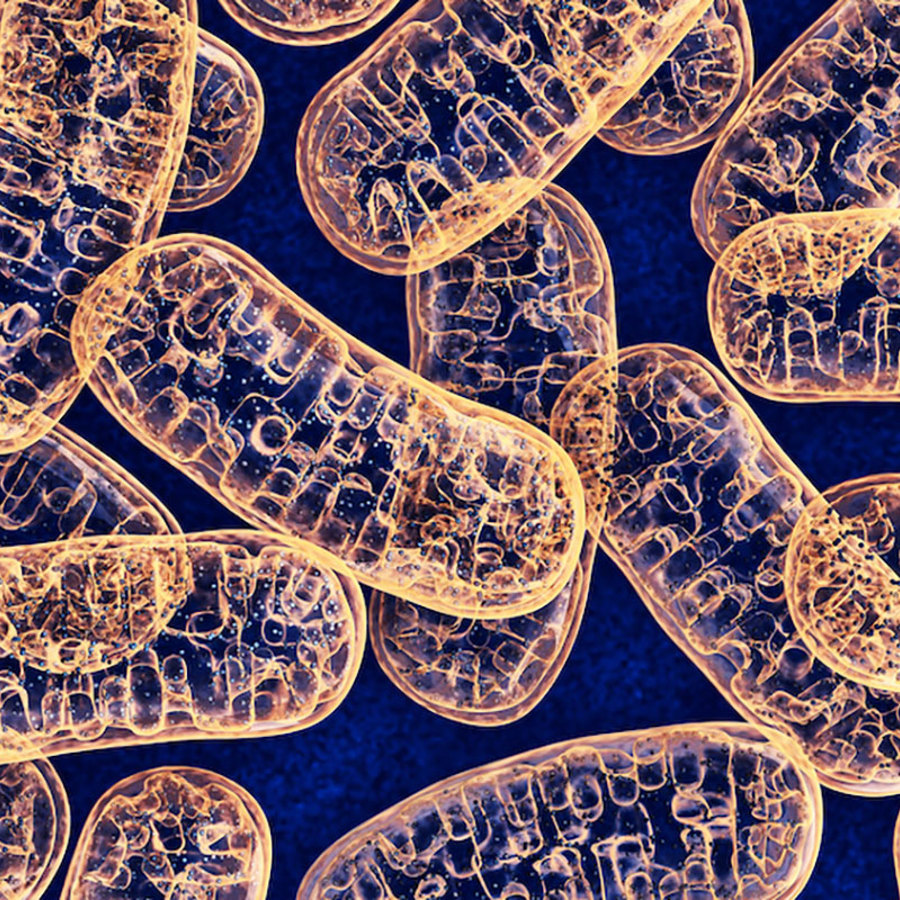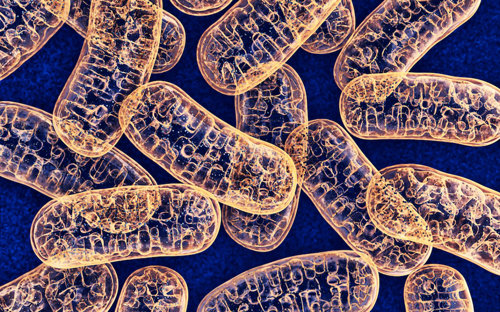
Is it true that 20 genetically altered babies have been born in the U.S.?
November 17, 2004

- Related Topics:
- Futuristic science,
- Genetic engineering,
- Genetics in the news,
- Mitochondria,
- Reproduction
A middle school student from California asks:
“Hi! I am doing a science fair project on DNA. I found an article stating that 20 babies were born genetically altered (BBC news). I showed my teacher the article and she has doubts whether the article is actually true. So my question is, is there really 20 babies born genetically altered in the U.S?”
The answer is that yes, up to 30 genetically altered babies have been born in the U.S. The genetic change is very simple and is actually the result of a fertility treatment.
Some women are infertile because there is something wrong with their eggs. The idea behind this treatment is to put the mother and father's DNA into a new, healthy egg.
How this works is that the scientist gets a healthy egg from a donor and removes its nucleus (which contains most of the cell's DNA). The scientist then gets a fertilized egg from a mother and father and puts its nucleus into the donor egg.
This new egg is now a fertilized embryo that contains all of the nuclear DNA from the mother and father. So where does the genetic alteration come in? It comes from the donated egg's mitochondria.
Not all of our DNA is found in the nucleus. A very small amount, less than 1/300,000th, is found in the mitochondria.
Mitochondria make the energy that keeps our cells and us going. They also have their own DNA.
Why do they have their own DNA? The current theory is that one or two billion years ago, mitochondria used to be their own, free-living organisms. Then one day, our ancestors swallowed up some of these ancient organisms into their cells.
These two ancient creatures developed a relationship and we now have mitochondria still living in our cells. Over time, mitochondria have lost most of their DNA to the nucleus. But a few genes have remained behind.
And it is because of the mitochondrial genes that these babies are genetically altered. A new child conceived using this method has DNA from three parents – nuclear DNA from his or her mom and dad and the donor egg's mitochondrial DNA.

The reason why this method is controversial is because the new person can pass the donor's mitochondrial DNA on to her children.
When scientists tinker with people’s DNA, they are very careful not to do anything to the egg and sperm DNA. No one wants these DNA changes to be passed on – we just don't know how these changes will affect the next generation.
In this case, though, if a girl is conceived, she can pass her new genes on to her children. Why only a girl?
Because we inherit almost all of our mitochondria from our moms. The sperm is too small compared to the egg to contribute many mitochondria at all to the fertilized embryo.
Well, there you have it. A fertility treatment has resulted in 30 or so babies being genetically altered. The girls born now have a chance to pass on around 13 or so "new" protein genes to their kids. This combination of genes could not have happened without the intervention of the fertility treatment.

Author: Dr. Barry Starr
Barry served as The Tech Geneticist from 2002-2018. He founded Ask-a-Geneticist, answered thousands of questions submitted by people from all around the world, and oversaw and edited all articles published during his tenure. AAG is part of the Stanford at The Tech program, which brings Stanford scientists to The Tech to answer questions for this site, as well as to run science activities with visitors at The Tech Interactive in downtown San Jose.
 Skip Navigation
Skip Navigation
